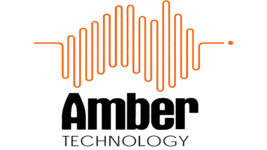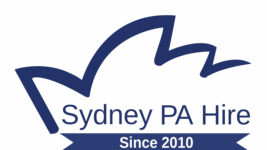News
22 Feb 2022
Boy Swallows Universe With Spacemap Go
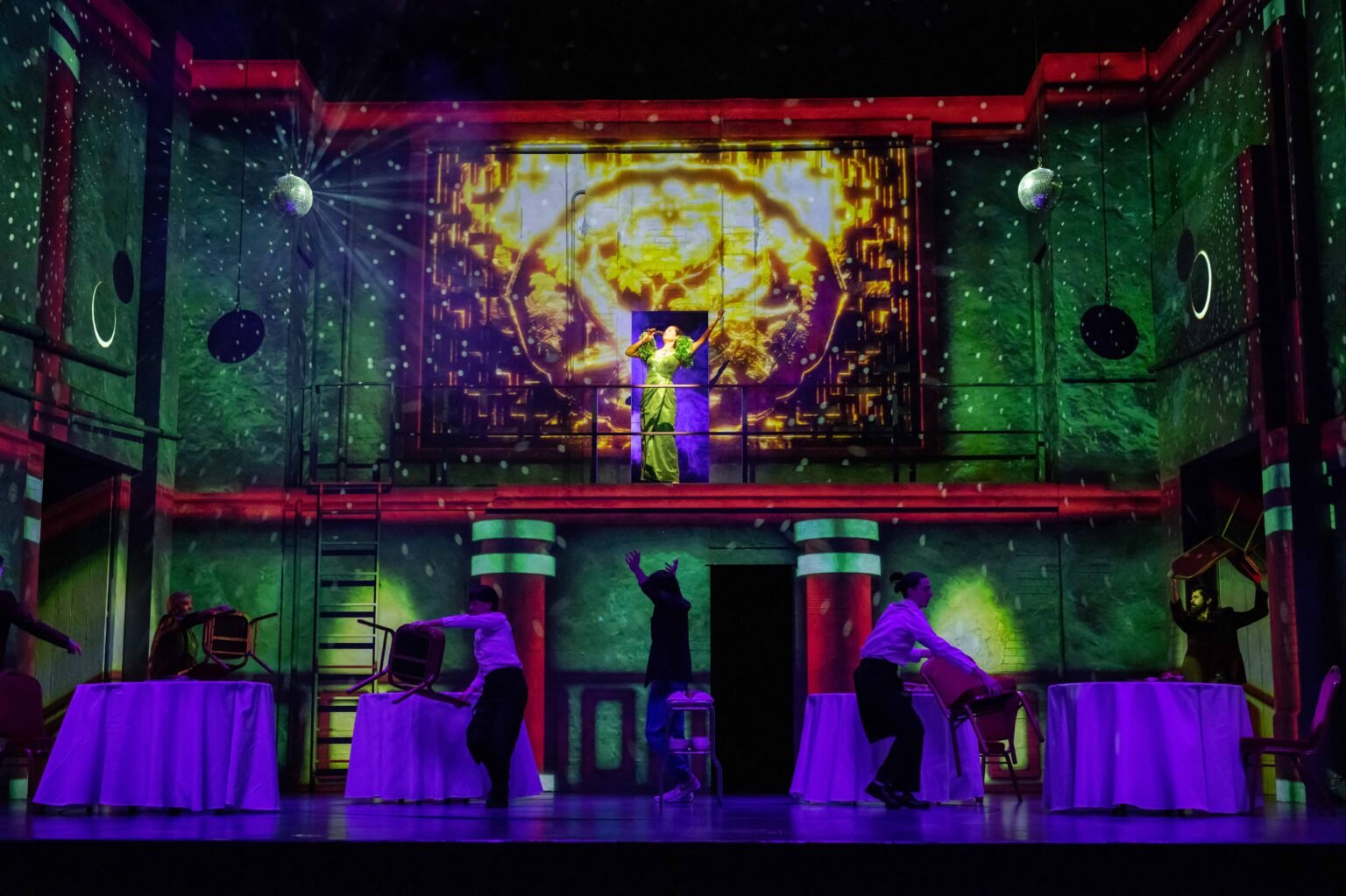
Subscribe to CX E-News
All photos by David Kelly
Trent Dalton’s multi-award winning 2018 novel Boy Swallows Universe tells the harrowing but ultimately joyful and uplifting tale of a 12-year-old boy growing up in a crime and heroin-fueled outer suburb of Brisbane in 1983. The Queensland Theatre, Brisbane Festival, and QPAC co-production was a runaway hit, becoming Queensland Theatre’s biggest selling show
Adapted for the stage by Tim McGarry, directed by Sam Strong, and described as ‘phantasmagoric’ and ‘surreal’, the inner world of main character Eli Bell is often depicted as being suspended in time, as he deals with the traumas of his complicated life, soundtracked by ‘banging’ 1980s pop hits. The show’s composer and sound designer Steve Francis embraced the fantastical nature of the material, with local sound designer Matthew Erskine of CrossPoint Sound working with Steve to choose Meyer Sound’s immersive mixing platform Spacemap Go to place characters in abstract space, distort time, and create a unique sonic experience.
Of course, being 2021, Steve couldn’t actually be in the Queensland Performing Arts Centre auditorium to tech Boy Swallows Universe due to cross-border COVID restrictions, so Matthew Erskine stepped up to be Steve’s hands and ears in the room.
“Working with Steve remotely was a lot smoother and more productive than we all expected,” concedes Matthew. “Steve was sitting in on rehearsals via video link while still working with his full sonic palette in his studio. Steve would trust our director and I for spatial reference and balance in the room. Steve and I had an open line so we could chat about cue points and durations during plot and tech. Steve’s QLab programming and meticulous paperwork made it easy for me to decipher what his intention was for any given moment. If a cue sequence needed to be re-composed or re-worked, Steve was able to do that while observing via video link and have the new version to me by the next morning at the latest. In some cases, Steve was able to have a new version ready within minutes.”
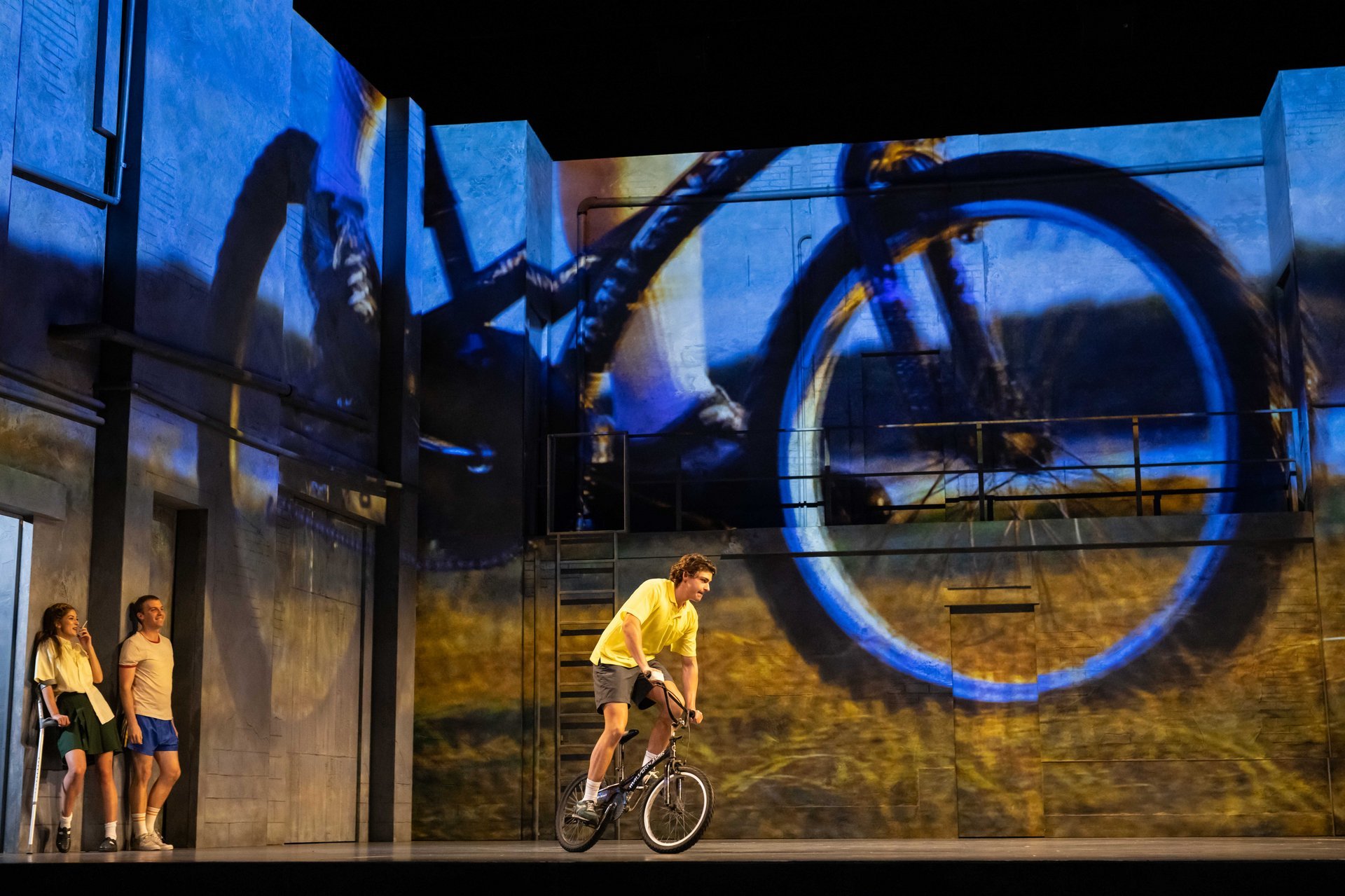
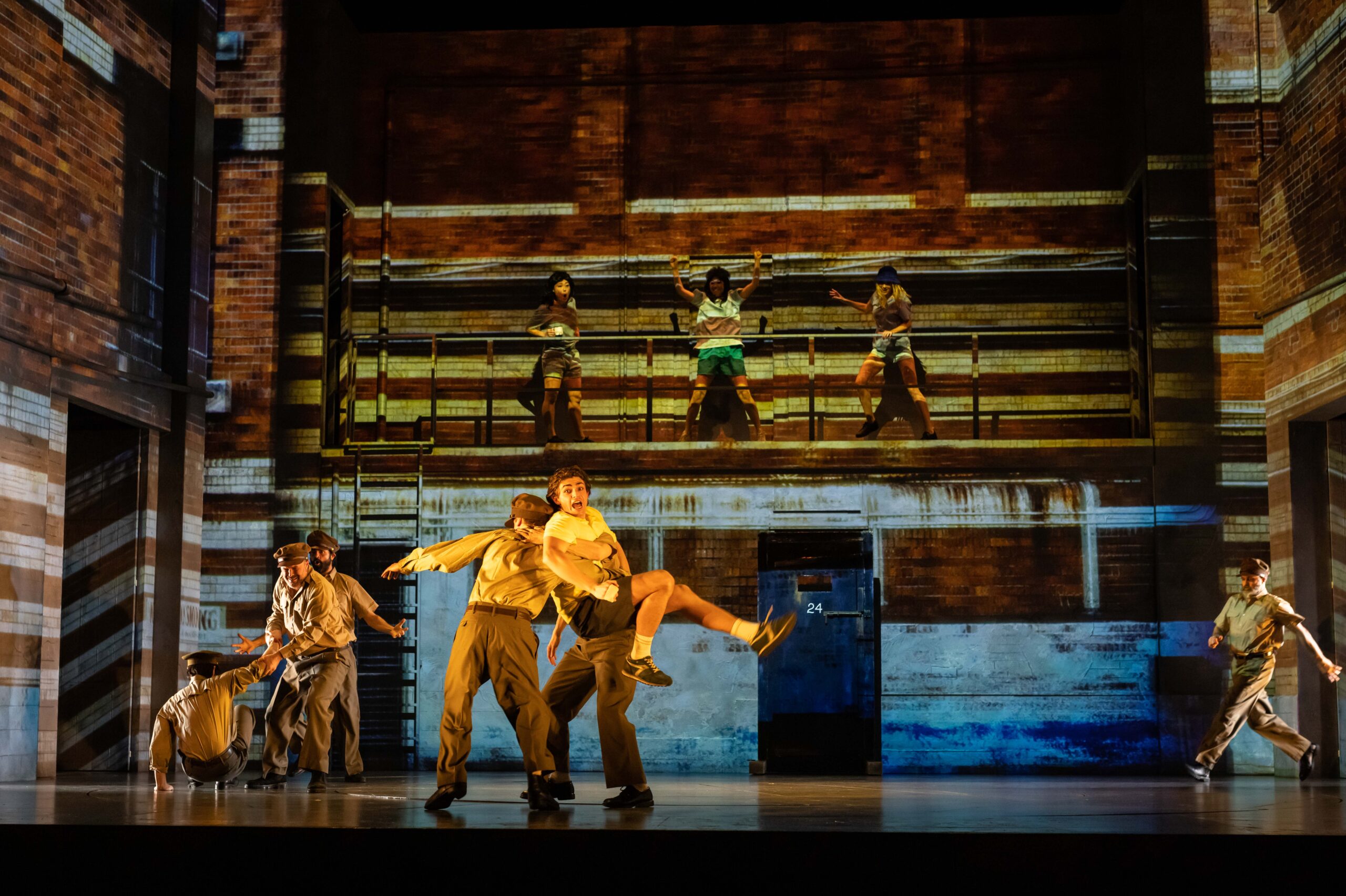
With the whole cast mic’d with DPA 4061 hairline microphones and Shure UR transmitters, and 14 stems of playback coming from QLab, Queensland Theatre’s Yamaha CL3 sat at the heart of the audio system, outputting to Meyer Sound GALAXY 816 and GALAXY 408 processors. Eight Meyer Sound UPM-1P loudspeakers were used as surrounds in the auditorium with further surround feeds sent to loudspeakers from Genelec, Bose, and EV as specialised fills and overheads. The house’s FOH PA (including left/right, centre, fill, subs and delays) is L-Acoustics. A mixture of Meyer Sound UPA-1Ps, UPM-1Ps, and L-Acoustics X12s were used onstage for foldback and effects.
“I used the GALAXY processors in Spacemap mode, but split the inputs so I had some ‘safed’ to be used in a more traditional way,” explains Matthew. “I then used the matrix system in the GALAXYs to route to discrete lines to each zone, ie. FoH left, FoH right, stage effects, and surround channels. I ended up having a total of 23 outputs from the Spacemap Go system. This encompassed the entire system from on-stage effects to surround and the overhead auditorium system. Not all of these outputs were included in my Spacemap Go maps though. I didn’t want to include my main FoH system in my Spacemap Go surround system just in case there was a routing overlap at some point. In hindsight, I will probably incorporate some of the main FoH system in the Spacemap Go Surround map now that I better understand how I want to use the system.”
“I ended up having 12 stems from the CL3 into the Spacemap Go system,” continues Matthew. “These were a combination of main system stems and ‘SMG Specials’. It’s difficult to go into specifics about how each SMG Special was used, as their use changed throughout the show. Sometimes it was a single stem moving around the space, and sometimes it was multiple stems doing different movements with a combination of shared content and unique content. I really tried to explore all aspects of the creative spectrum using Spacemap Go.”
With acoustic and dramatic requirements ranging from barely whispered emotional speech through to full headspinning psychedeIia, what did Matthew need Spacemap Go to achieve in the service of the story? “I used Spacemap Go for everything from atmospheric ambience to big whooshing effects,” clarifies Matthew. “Steve and I both like to have the sound localised to the stage, from where the story is being told. As such, I tried to avoid bringing any of the sound design out into the audience unnecessarily. This was reserved for the more surreal moments. The immersive aspect of the system was gradually introduced for particular moments to enhance the development of the story.”
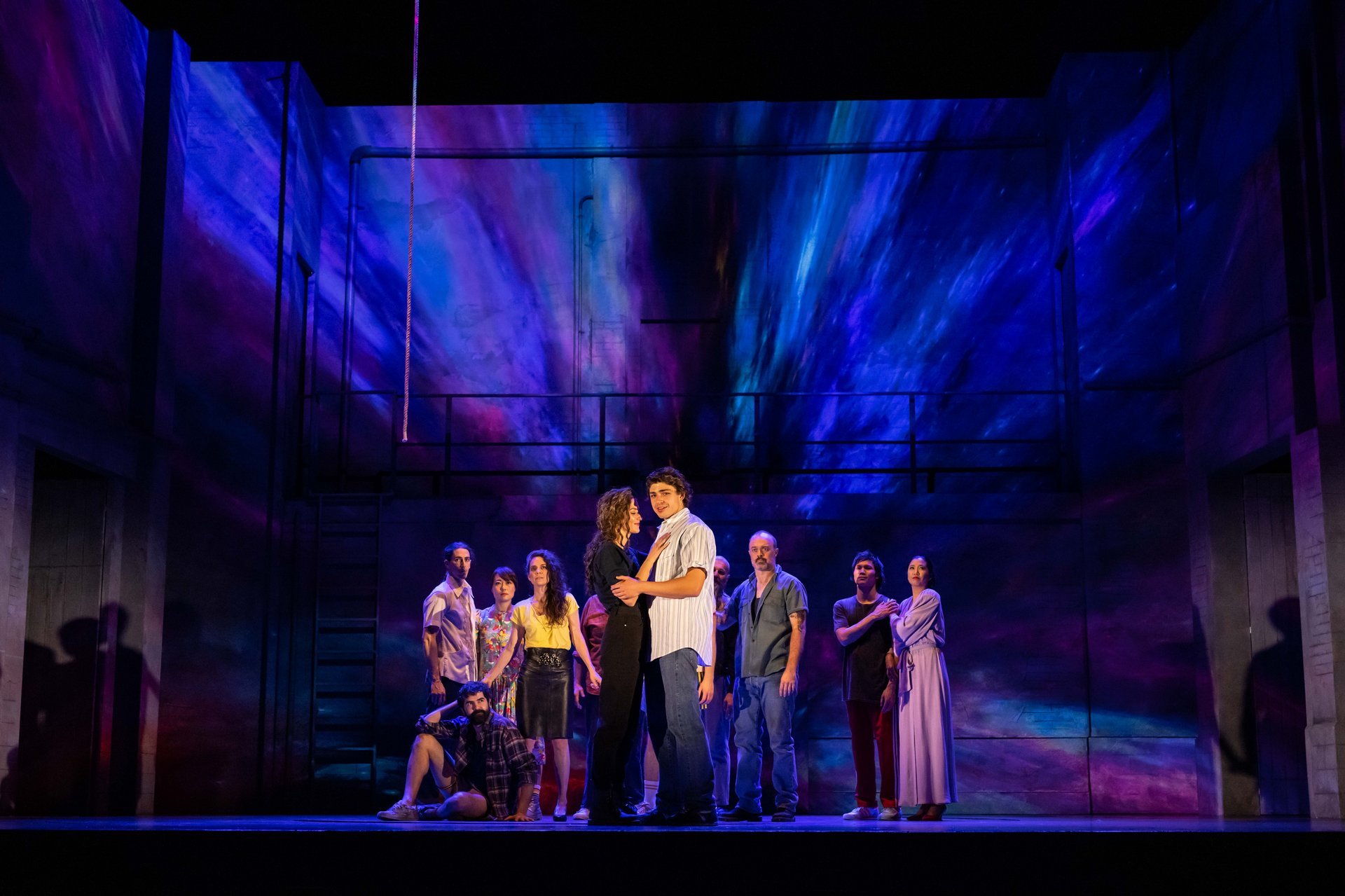
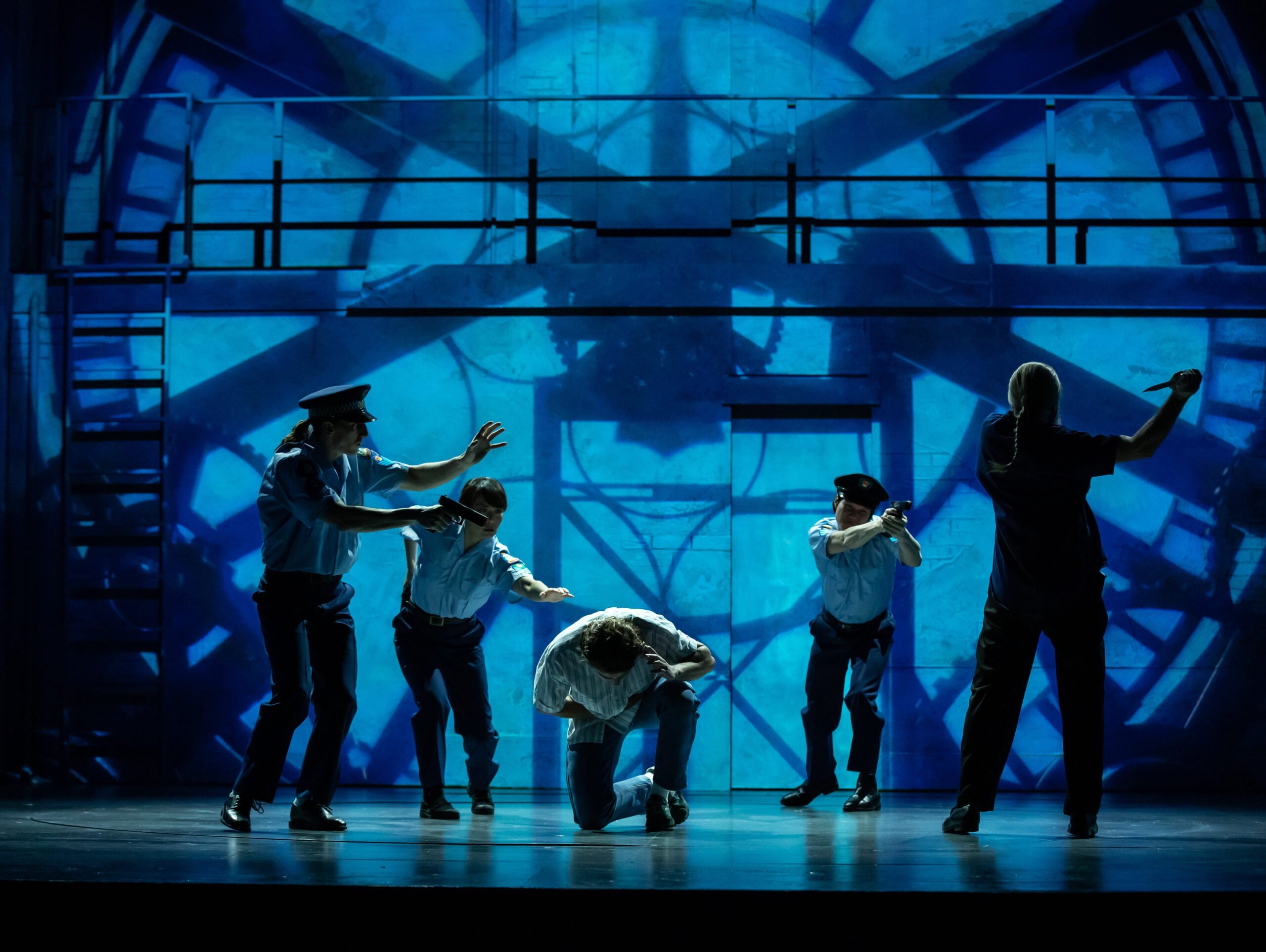
Being completely new to Spacemap Go, what did Matthew think as a first-time user? “I found Spacemap Go quite intuitive and easy to learn. It’s the type of system that will allow you to be as simple or as complex as you like,” observes Matthew. “Compared to plotting purely with QLab, it was significantly quicker. The ability to simply draw a movement on the iPad saved hours in programming time. I already have a plan to incorporate Spacemap Go into my main vocal bus programming next time.”
“I designed my Spacemap Go system and Spacemaps in a way that, if the workload became too much, I could just program everything as though it were a traditional QLab based system,” Matthew adds. “This became the basis of my design. From that, I was able to gradually add more and more movement and ‘weirdness’ to the design.”
With four different brands and around a dozen models of loudspeaker integrated into the system, how did the GALAXY processors and Spacemap Go help unify the systems tonality and level? “The main system engineering and tonal matching was done in the traditional GALAXY side of the system,” Matthew outlines. “Once this was done, I was able to fine tune the trims of each speaker within my Spacemaps independently of one another. This meant that if I had built a Spacemap with all the Nodes and Trisets (the mappable space between three real or virtual Nodes) working as planned in all zones except one, I could simply trim one zone up or down as necessary without affecting any other Spacemaps or system engineering.”
Once the run had commenced, Matthew didn’t need to live monitor the Spacemap Go system during the show. All Spacemap Go cues were triggered by OSC from QLab, and pre-show checks were done by connecting an iPad to the Spacemap Go system, triggering the various OSC cues to check connectivity, and sending noise through each speaker.
With the entire surround system and such sonically unhinged subject matter to play with, what was Matthew’s favourite bit of Spacemap Go-plotted sound design in the show? “I honestly thought my favourite would be a big whoosh or something, but it was actually the more subtle effect of a bell ringing out which became more and more ‘messed up’ as the story developed,” confesses Matthew. “A similar effect was used on a few other aspects of the sound design as the story unfolded, and it really became a very important narrative device in the design.”
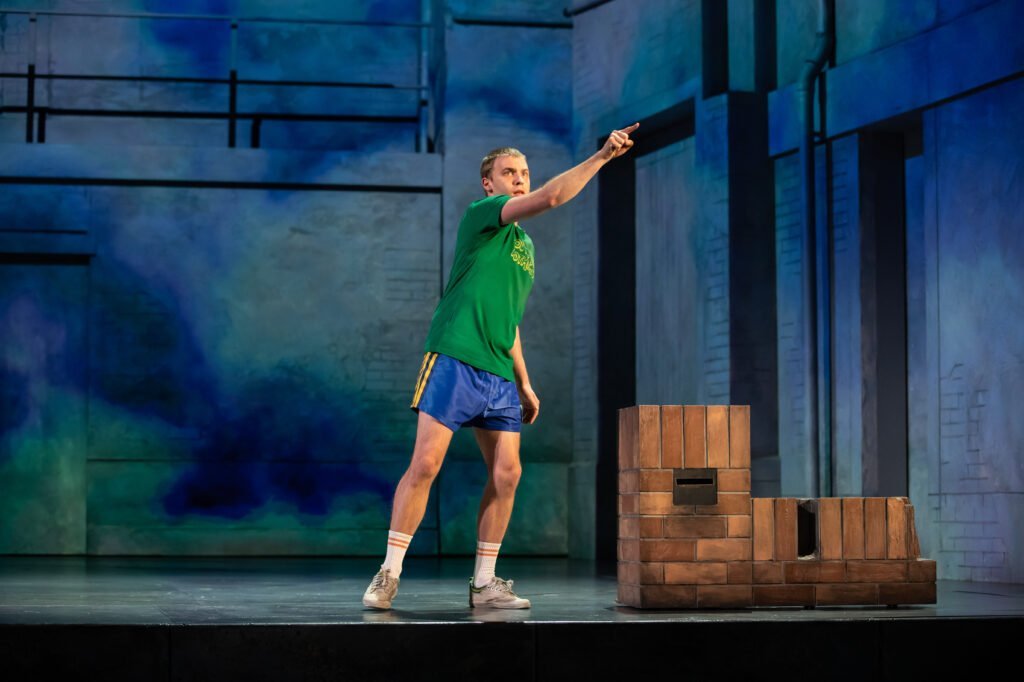
Having braved COVID and put on a hugely successful run from 4 Sept to 3 Oct 2021, Matthew and Steve are both justifiably proud of their achievements. “We all felt very proud and privileged to be able to finally get this story on stage,” concludes Matthew. “While COVID posed several hurdles for the team, we specialise in finding creative solutions to unique problems. This process was definitely out of the ordinary, but it proved to us that being forced out of the box can open up a whole world of opportunities.”
Subscribe
Published monthly since 1991, our famous AV industry magazine is free for download or pay for print. Subscribers also receive CX News, our free weekly email with the latest industry news and jobs.

